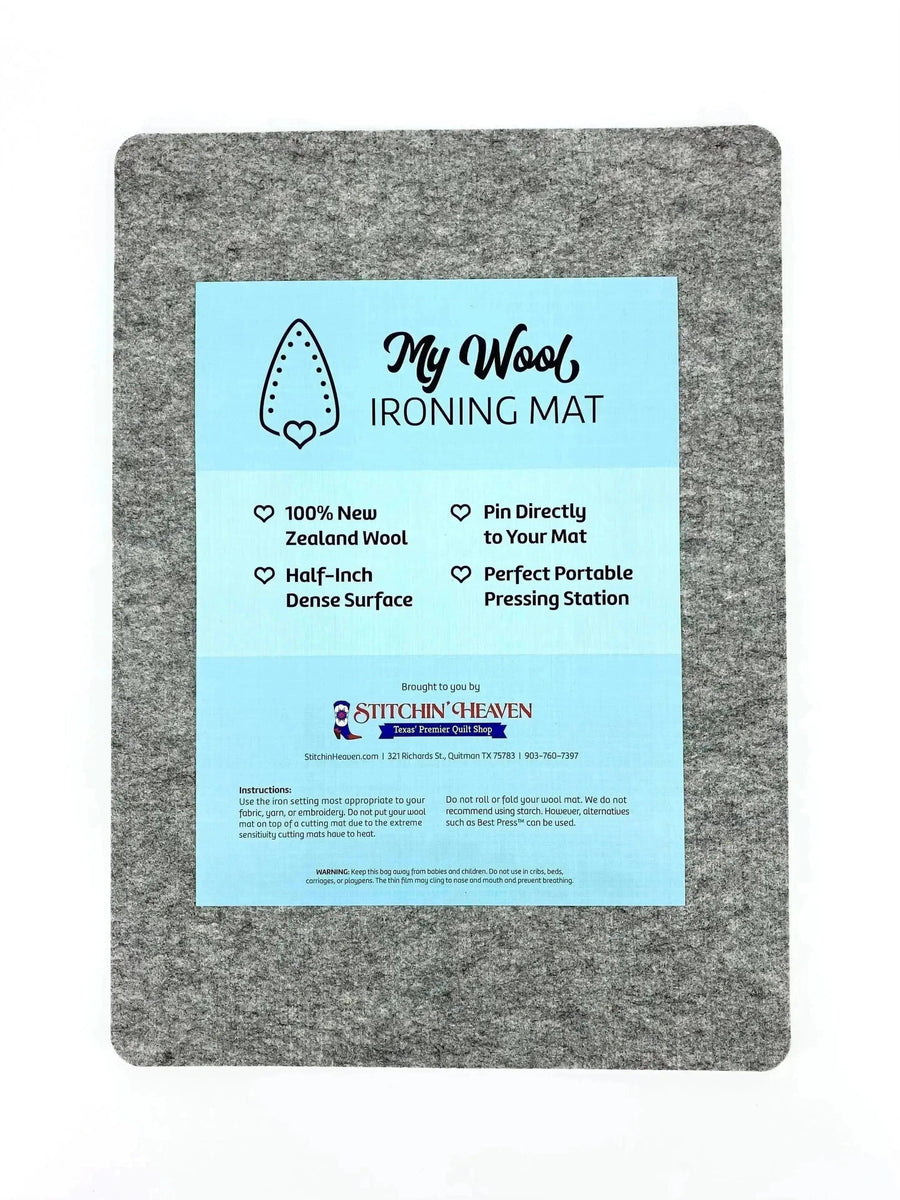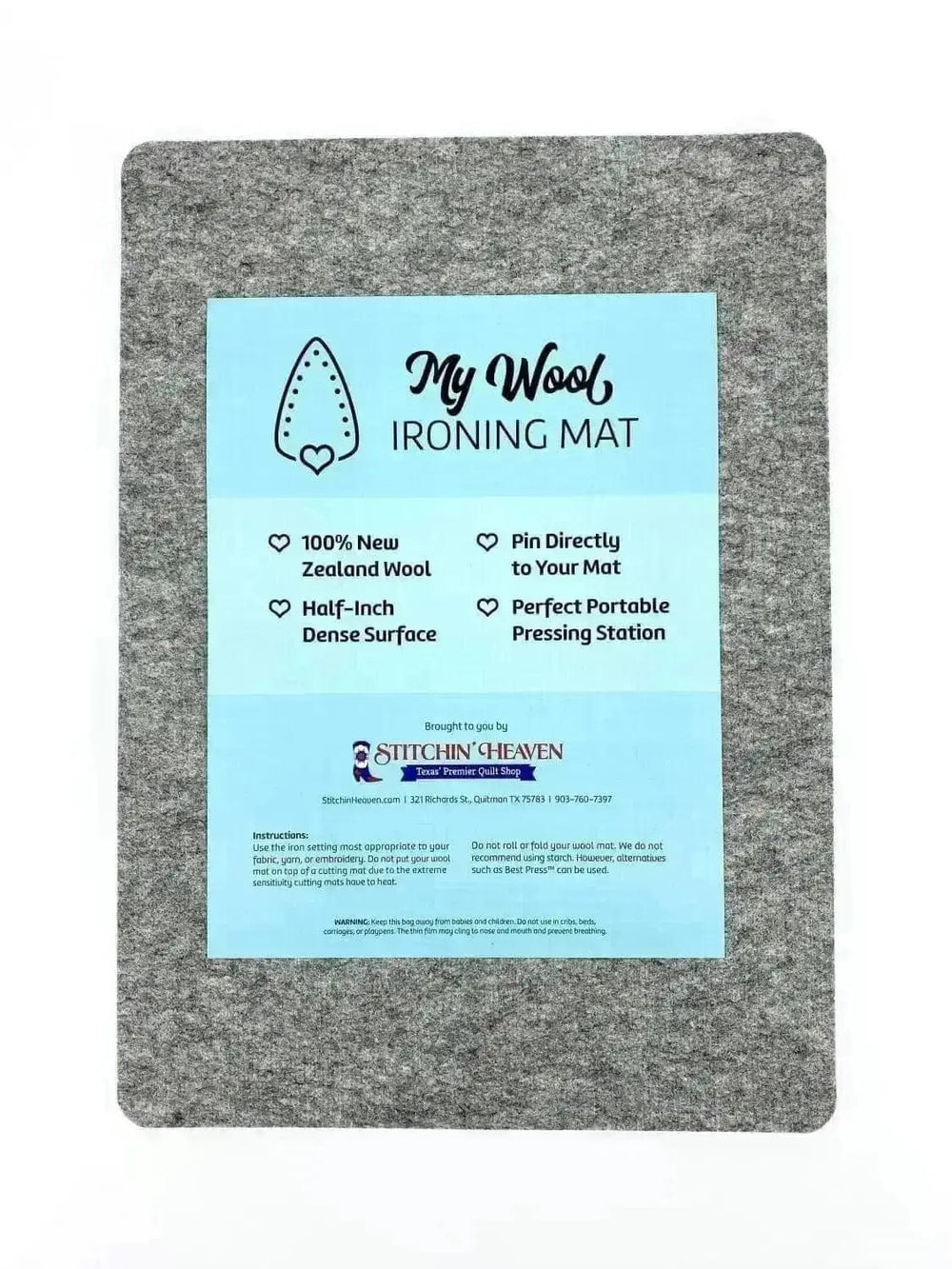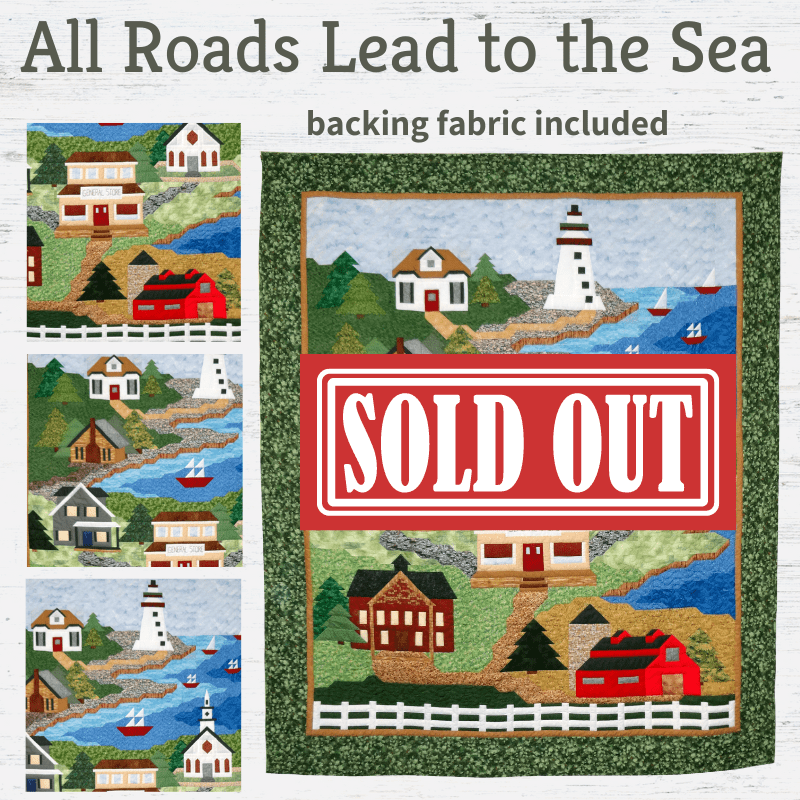"Texas Monthly" First Quilt Block Tutorial
From Happy Quilting: Tutorial for Block One of "Texas Monthly."
Today we're reposting from The Happy Quilter! Melissa Corry will be completing and posting quilting tutorials for our Texas Monthly block of the month program. Look for her posts each and every month!
The first block features some of Texas Monthly's beautiful quilting panels. She also gives some great tips on getting perfectly pointed flying geese!
-Roberta
"Texas Monthly - Month 1"
I was super excited when my good friends at Stitchin' Heaven asked if I could participate in their Texas Monthly Block of the Month program and share tutorials for the blocks each month. You all know how I love tutorials, and this quilt is made entirely from Moda's Grunge collection, my favorite! So, of course, I was all in. So each month, be sure to check back in for the month's blocks and helpful hints on how to put them together.
Month 1 is a Courthouse Steps Block and 2 Flying Geese Blocks. And how great are Katheleen McElwaine's beautiful watercolor panels?
Get your package open and let's get going!

The Courthouse Steps Block

STEP 1 - CUTTING
Cut your Courthouse Steps (Fabrics 12, 8, and 19) according to the cutting instructions. Trim your Boots Panel to 8 1/2" x 8 1/2". To center your panel, use an 8 1/2" square ruler. Measure in 1 1/8" in from the top of the ruler to the top of the boot. Measure in 1 1/8" from the bottom of the ruler to the bottom of the boot. Measure in 1 1/2" from either side of the ruler to the toe edge of each boot. These measurements will center your panel perfectly. Finally, trim around all 4 sides of your ruler so your panel measures 8 1/2" x 8 1/2" square.

STEP 2 - PIECING THE BLOCK
Lay out your Boot Panel and 4 Fabric 12 strips with the shorter strips on the top and bottom and longer strips on the sides as shown in Figure 4.

Place the top and bottom Fabric 12 strips onto the panel with right sides together. Stitch a 1/4" seam along the edge of the top and bottom. I don't use pins because I don't have to worry about aligning any seams, but you can surely use them to align the edges if you prefer.

Press the top and bottom seam allowance outwards towards the Fabric 12 strips. Now place the longer Fabric 12 strips onto the two sides of the panel with right sides together. Stitch a 1/4" seam along the edge of the two sides.
Press the seam allowances outwards towards the Fabric 12 strips.
And now we Repeat!
Lay out the 4 Fabric 8 Strips and align the top and bottom strips with right sides together. Stitch a 1/4" seam along the edge of the top and bottom.
Press the seam allowances outwards towards the Fabric 8 strips. Align the 2 side strips with right sides together. Stitch a 1/4" seam along the edge of the 2 sides.
Press the seam allowances outwards towards the Fabric 8 strips.
And one more Repeat!
Lay out the 4 Fabric 19 Strips and align the top and bottom strips with right sides together. Stitch a 1/4" seam along the edge of the top and bottom.
Press the seam allowances outwards towards the Fabric 19 strips. Align the 2 side strips with right sides together. Stitch a 1/4" seam along the edge of the 2 sides.
Press the seam allowances outwards towards the Fabric 18 strips.
And you are done!
Your unfinished block should measure 14 1/2" x 14 1/2". You can choose to square your block up if you prefer, but I don't like to square blocks as I prefer to use my seam allowances as guides and not accidentally cut off points ;)
The Flying Geese Blocks
STEP 1 - CUTTING
Cut your Flying Geese (Fabrics 7, 19, 21, 25, and 11) according to the cutting instructions. I found it helpful to cut Fabric 11 into a 4 1/2" x WOF Strip and then stack Fabric 7, 19, 21, and 25 together and cut a 2 1/2" x WOF (21" in this case) strip. After that, I could simply crosscut all 5 fabrics at once 8 times at 2 1/2" for all of the pieces needed for my block.
When trimming the panels for the Flying Geese Blocks I used an 8 1/2" x 8 1/2" ruler and paid attention to the 6 1/2" horizontal line on the ruler.
For the Longhorn Panel, align as shown, with the top of your ruler 3/8" from the top of the horn. Align the right hand side of the ruler 3/8" in from the edge of the horn. And finally Align the bottom of the longhorn 3/8" up from the 6 1/2" horizontal line on your ruler. This means the Left hand side will be overlapping the design slightly, but better to cut off some bush, then the horn :)
Trim around the two sides and top of the ruler.
Now rotate your panel 180 degrees and align your long 6 1/2" ruler up with the bottom of the panel. Trim the top (which is actually at the bottom of the picture) of the panel so your panel measures 6 1/2" x 8 1/2".
For the Flag Panel, align as shown, with the top of your ruler 7/8" from the top of the flag. Align the right hand side of the ruler 1/2" in from the top tip of the flag. Align the left hand side of the ruler 1/2" in from the bottom tip of the flag. And finally align the bottom of the flag 7/8" up from the 6 1/2" horizontal line on your ruler. Trim around the two sides and top of the ruler.
Now rotate your panel 180 degrees and align your long 6 1/2" ruler up with the bottom of the panel. Trim the top (which is actually the bottom of the picture) of the panel so your panel measures 6 1/2" x 8 1/2". And with that, we are ready to stitch.
STEP 2 - MAKING THE FLYING GEESE UNITS
Note: if you use a Clearly Perfect Angle, Diagonal Seam Tape or similar marker, you can skip this step.
Draw a diagonal line on the wrong side of each of your (32) 2 1/2" squares.
Divide your marked squares in half, setting 4 of each of the 4 fabric groupings aside. Place a marked square onto a 2 1/2" x 4 1/2" rectangle of Fabric 11 with right sides together as shown. Sew a 1/4" directly on the drawn line.
To save time and thread, we will chain stitch these units. Chain Stitching simply means not clipping the threads between units. To start, stitch on the drawn line of your first unit. When you get to the end of the unit, just start feeding the next unit in your machine. Stitch on all 16 units.
Now move to your cutting mat and align your ruler 1/4" over the stitched center line. Cut along the edge of the ruler and scrap the two loose triangles. Press the seam allowance upwards towards the triangle. And now you can repeat for the second side of the unit using those 16 squares you set aside. Place a matching colored marked square on the other side of the unit with right sides together. Stitch a 1/4" seam along the drawn line, trim 1/4" over the seam line, and then press towards the triangle.
Once again, we will chain stitch these units to save time and thread. Stitch on all 16 units, clip your threads, trim and press.
STEP 3 - PIECING THE BLOCK
And just like that, you have 16 beautiful flying geese that should measure 2 1/2" x 4 1/2". I don't square these up because I want to be able to have the seam allowance at my point.
Now, lay out your 16 Flying Geese Units in two blocks as shown below. Pay close attention to color and orientation.
Sew the 4 rows of units together in the 2 blocks. To do this, I simply place the first Unit onto the second with right sides together and align and pin the raw edges. Stitch a 1/4" seam along the pinned edge. (see Figure 23 for hint in stitching). Then repeat by placing the now-sewn together first and second unit onto the third unit with right sides together. Align and pin. Stitch a 1/4" seam along the pinned edge. Repeat for the last unit in the row. Again, chain stitch all 4 rows to save you time and thread!
When stitching the flying geese units together, I have you pin with the first unit on top for a reason. This way you can see your seam lines. If you stitch directly through the center of the thread X created by your seams, you will get a perfect point every time.
I like to press my seams open at this point to avoid bulk, but pressing is personal, so if you prefer to press to one side, go for it. Align the top row onto the bottom row with right sides together. I like to use this Pin Trick to align my matching points of the flying geese. After they're pinned, stitch a 1/4" along the pinned edge of each of your two blocks.
And again, there is a trick to stitching to get those perfect points. If you stitch directly along the bottom of the fabric "V" you will get a perfect point, especially if you used the Pin Trick. In figure 26, See how the point is perfectly lined up as well!
Now, once again, I like to press the center seam open so the bulk of all those seams lies flatter, but you can press to the side if you prefer. Finally, lay out your two Panels below the Flying Geese portion of the block. Place the Flying Geese portion onto the Panel with right sides together. Align and pin the edge. Sew a 1/4" seam along the pinned edge and, again, stitch directly along the bottom of the fabric V's.
Press the seam allowances towards the Panels.
And you are done! Your unfinished block should measure 18 1/2" x 14 1/2".
And that is it for Texas Monthly, Month 1 :)
If you have any questions on this tutorial, please don't hesitate to email me at happyquiltingmelissa@gmail.com or leave a comment.
Hope y'all enjoy making this month's blocks and maybe even learned a few tidbits along the way.
Next month . . . Paper Piecing!




























